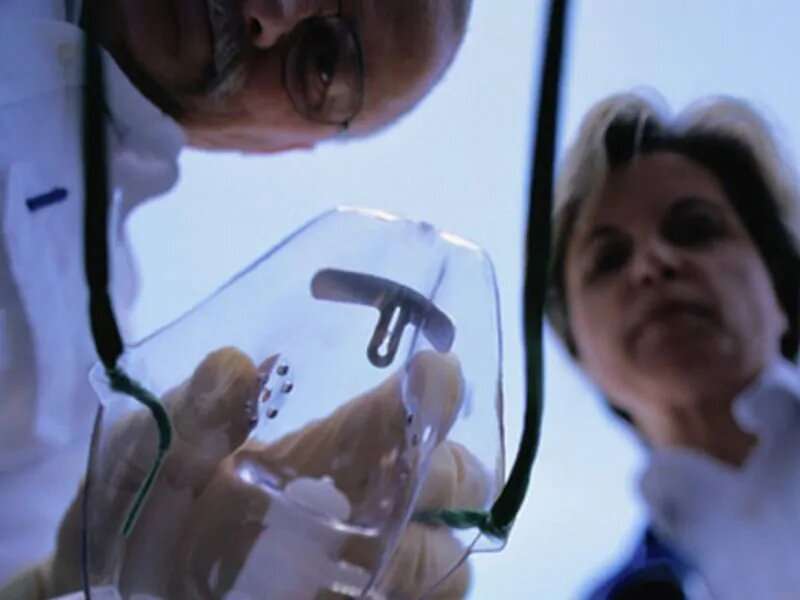(HealthDay)—In conjunction with the American Academy of Pediatric Dentistry, the American Academy of Pediatrics has updated its guidance for monitoring and managing pediatric dental patients during sedation; the guidelines were published online May 28 in Pediatrics.
Charles J. Coté, M.D., and colleagues from the American Academy of Pediatrics and the American Academy of Pediatric Dentistry present updated guidance on delivering safe sedation to children.
The authors note that the practitioner using sedation must have facilities, personnel, and equipment available for managing emergency and rescue situations. Specific guidance is provided for the intended level of sedation; for moderate sedation, the practitioner responsible for treatment must be competent to use the techniques, provide the level of monitoring needed, and manage potential complications of the techniques. An additional person should be responsible for monitoring appropriate physiologic parameters and assist with interruptible patient-related tasks of short duration. For deep sedation and/or general anesthesia at a dental facility, at least two individuals who have appropriate training and up-to-date certification in patient rescue must be present during the procedure. One of them must be an independent observer. At least two individuals must be present during deep sedation and/or general anesthesia of a pediatric patient in a hospital or surgicenter setting. One individual may administer drugs or direct their administration by the skilled independent observer.
"We are aware of adverse outcomes when a single dental provider simultaneously performs the procedure and administers deep sedation or general anesthesia for dental procedures," Coté said in a statement.
More information: Abstract/Full Text
Journal information: Pediatrics
Copyright © 2019 HealthDay. All rights reserved.





















